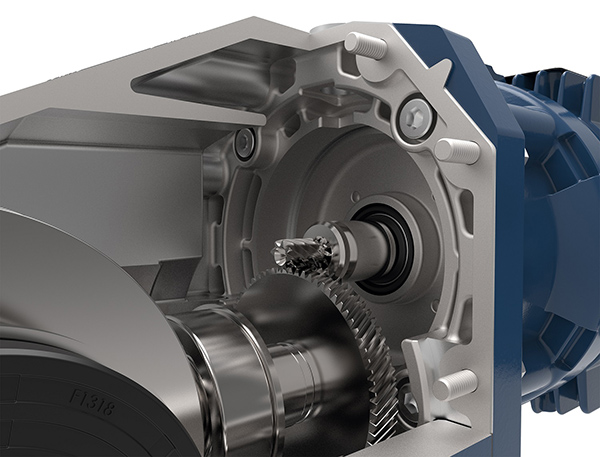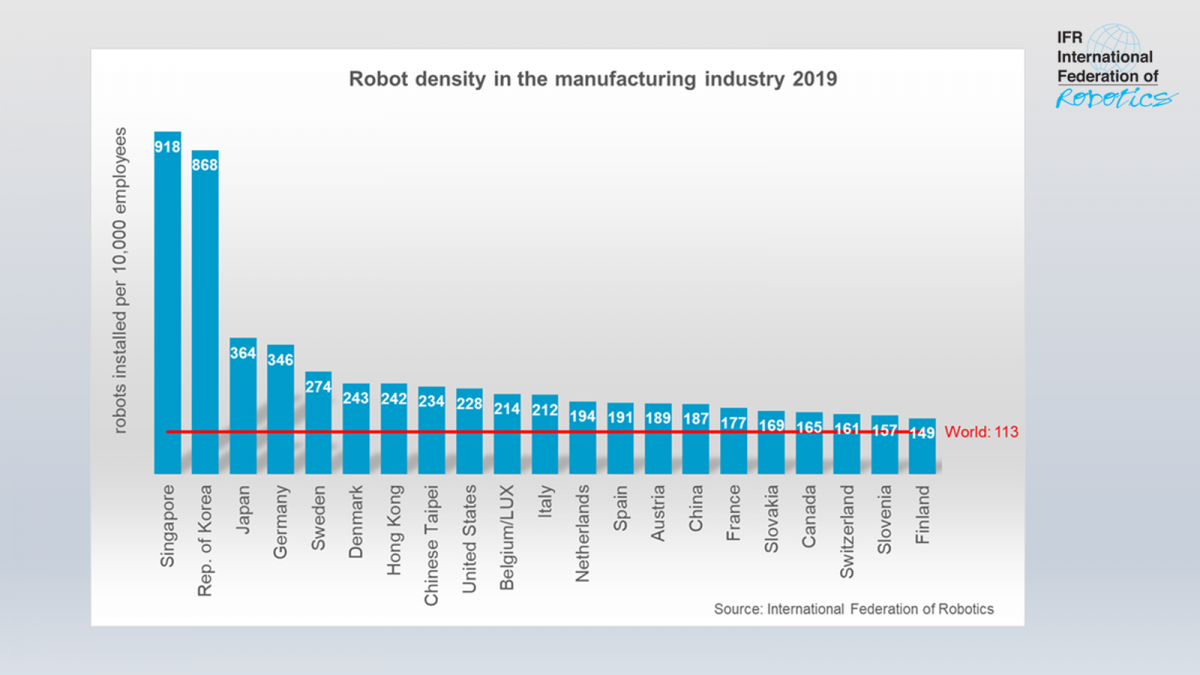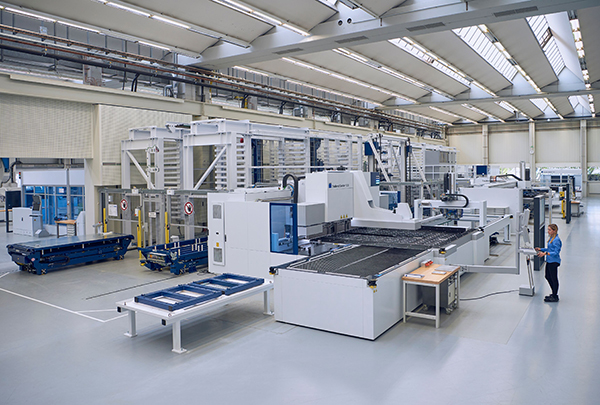
According to a study by OneServe, manufacturers lose between £60,000 and £500,000 a year due to unplanned machine downtime. This figure is staggering, but there are ways for plant operators to avoid it. To find out how, WEG has released a free gearbox guide on maintenance, named ‘What Maintenance Staff need to know about Geared Motors’. The guide is available for free download from the web address below.
For further information www.weg-wg20.com























